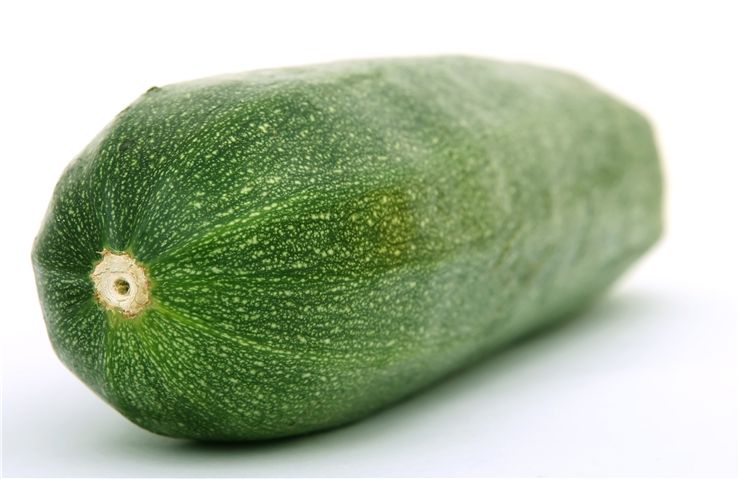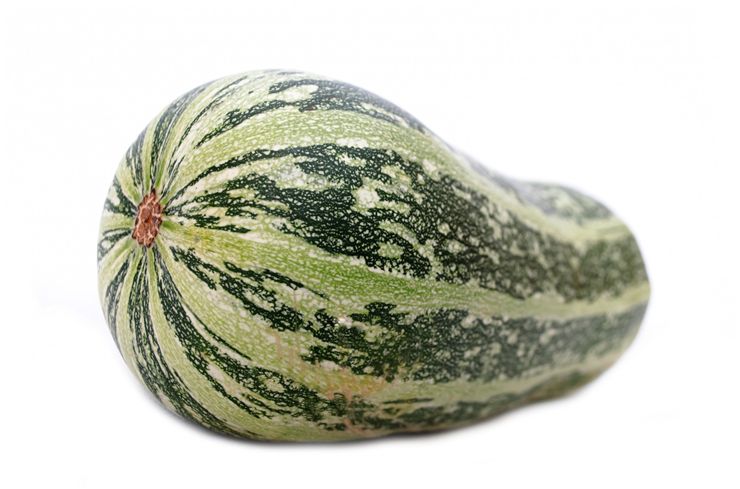Zucchini History - Origins of Zucchini
Zucchini (or courgette) is a summer squash which means that it is a squash that is harvested while immature and in the state while its rind is still tender and edible. Its skin is dark green, light green orange or deep yellow. Botanically Zucchini is a fruit, but it is treated as a vegetable in a culinary context and is often cooked and prepared into savory meals. It is harvested when it is about 25 cm long because it loses good taste if it is left to grow older.
Ancestors of zucchini come from Americas. They were native to today's Mexico and the northern parts of South America since more than 7,000 years ago. When the European colonization of Americas started, they were brought to Europe where their cultivation began. Zucchini were developed in Italy in the 19th century near Milan. Their name comes from a plural diminutive word for an Italian word for squash - “zucca”. Its other name - “courgette” comes from the French word for this vegetable. Zucchini appeared in the North America in the early 20th century, more precisely in the 1920s, probably brought back by Italian immigrants. It is a high chance that its first place of cultivation was California. Because it appeared relatively recently, its name has no English equivalent and people United States, Australia, and Canada use its Italian name. Zucchini is called “baby marrow” in South Africa.

Zucchini loves the temperate climate and is very easy to cultivate there. They can produce significant yield which can sometimes be overwhelming and because of that farmer try to control production by harvesting flowers which can again be sold for high prices because they are considered delicatessen. On the other hand, they require a greater number of bees for pollination. If they are not provided (because pesticides and mosquito sprays are used which kill bees), fruit abortion can occur – a case where a fruit starts growing but withers and dies because not enough pollen grains are delivered to the female flower. To prevent this, farmers resort to hand pollination.
Zucchini is useful as food because they contain folate, potassium, and vitamin A. As we said, they are harvested while they are young because they have better taste then and they seeds are soft. One sign that they are fresh is a flower on the stem of the harvested zucchini.
Zucchini can be prepared and eaten raw in salads or by cooking, steaming, boiling, grilling, stuffing, baking, frying, or as an ingredient in other types of food like soufflé, bread (similarly to banana bread), or a cake mix.
Flowers of zucchini are stuffed, battered and deep fried to make “tempura” – a Japanese dish.
Italian “fiori di zucca” is a variant of the dish.
Mexicans also use it to make soups or as a filling for quesadillas –corn or a wheat tortilla filled with a savory mixture.
The simplest recipe can be made by cutting it with its skin on and, quick cooking it with butter or olive oil and some herbs.
“Ratatouille” is a French cuisine prepared with zucchini and summer fruits and vegetables by cooking them in oil and served alone or as a side dish.

Another French dish is “courgette farcie” which is zucchini stuffed with tomatoes or bell peppers.
Pancakes made from shredded zucchini, flour, and eggs, lightly fried in olive oil and eaten with yogurt are a popular dish in Turkey called “ mücver.”
In Bulgarian, zucchini is prepared as a snack by frying them and serving with a dip, made from yogurt, garlic, and dill.
Egyptians make zucchini with tomato sauce, garlic, and onions.

